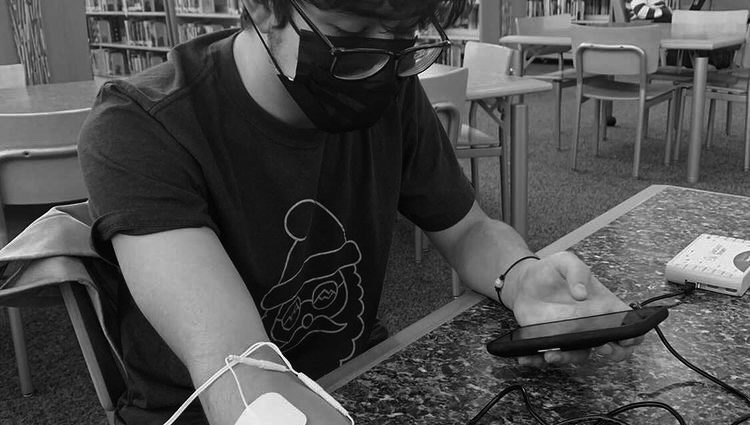Rank&File talks to teachers to find out how juniors and seniors can write their best Internal Assessments (IAs), research papers that students taking some IB courses are required to write and make up a portion of their final IB score.
IB Psychology SL
Although IB Psychology is an elective, it also has an IA component.
“The introduction section and the evaluation section are the parts offering the highest potential for marks, although most of the sections are close in total,” IB Psychology teacher Wanlace Yates said.
To have the best possible IAs in psychology, Yates said, students need to have all of the required elements.
“Having a clear experiment result is less important than showing understanding of the research process,” Yates said.
IB Environmental Systems and Societies SL
IB Environmental Systems and Societies teacher Luke Konopka said the highest scoring papers have a strong context section.
Konopka said the connection between the research question and an environmental issue creates the base for this section.
“When you go down to the library, you get a bunch of primary sources,” Konopka said. “It’s pretty easy to write about environmental issues. That’s what usually scores pretty well.”
For students writing their first IA, the way a student tackles it can be an effective way to get a higher score.
Konopka said it is helpful to divide the assignment into multiple smaller pieces.
“When you have a situation where you haven’t started and you’re looking at this huge thing that you have to write, [it] is very intimidating and hard to get by,” Konopka said. “It’s a lot easier to manage if you break the IA up into smaller components while looking at the rubric.”
IB Biology HL 2
The best way to a high scoring biology IA is a strong exploration, analysis and conclusion, IB Biology teacher Michael Osborn, said.
“I have had excellent feedback from the IB and have had a few sections from former students get singled out as world-class examples—that was awesome to read,” Osborn said.
Along with students developing their IA writing skills when they write science fair papers in their junior year, Osborn said he developed an IA writing guide to help students. Similar to the other IAs, it is important to not do it all at once, create a strong question and not wait until the last minute.
Coming up with a reliable and interesting experiment “really sets a stage for success,” Osborn said.
“Helping students come up with a good experiment is one of the best parts of my job,” Osborn said. “A boring, off-the-shelf experiment is hard to get excited about and shows little planning.”
Most importantly, Osborn said, students should not wait until the last minute.
“Doing so allows for no troubleshooting and optimization,” Osborn said. “Sometimes things work great the first time—but students need to consider what to do if they don’t.”
IB Chemistry SL and HL 2
Both SL and HL students need to write an IA.
“A student uses a specific chemistry technique that allows the student to control the independent variables and the constants so the dependent variable has a reliable result,” chemistry teacher Cynthia Thomasson said.
The trial process to get the data a student needs to complete their IA can take multiple tries, but Thomasson encourages students not to get discouraged.
“Students struggle picking an IA topic, and my best suggestion is not to get discouraged when a student realizes their first ideas will not result in a good IA topic,” Thomasson said.
The second suggestion, she said, is having good time management skills.
“Expect setbacks,” Thomasson said. “Start early so you have time for the setbacks but still be able to have enough time for data processing and analysis after you are done collecting your data from your experiment.”
Thomasson said high scoring IAs address the uncertainties from data collected and processed.

